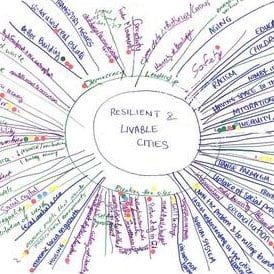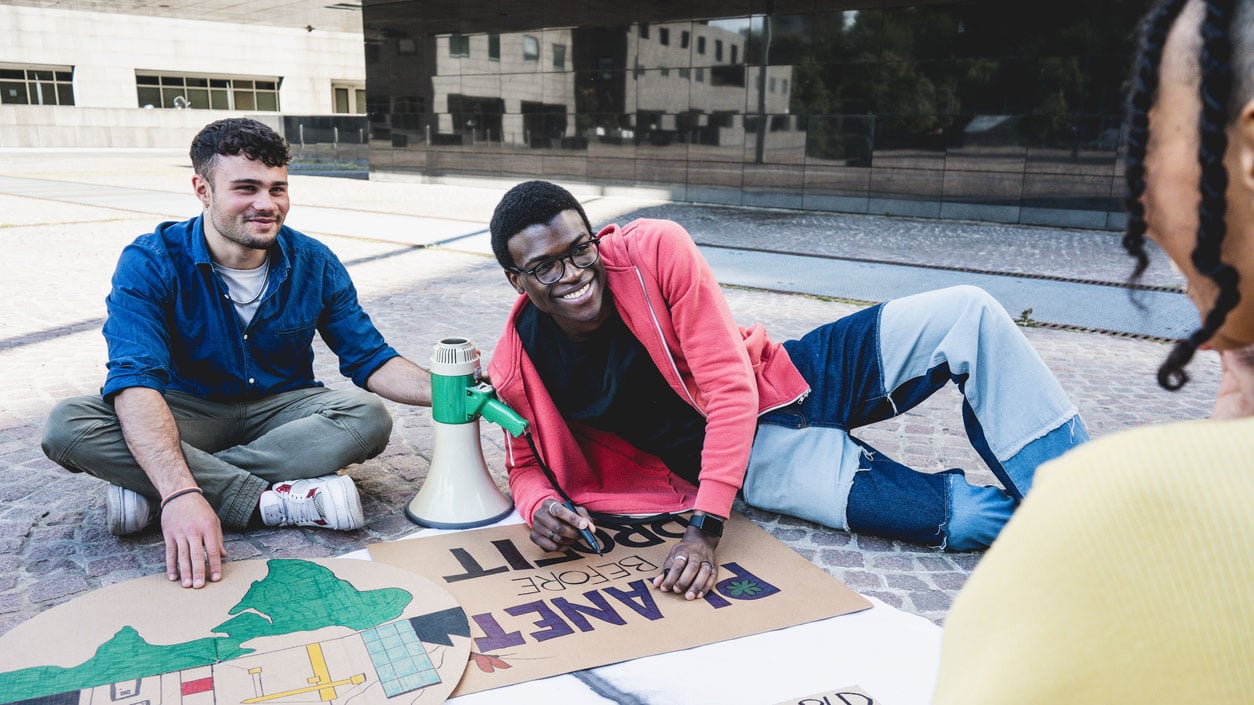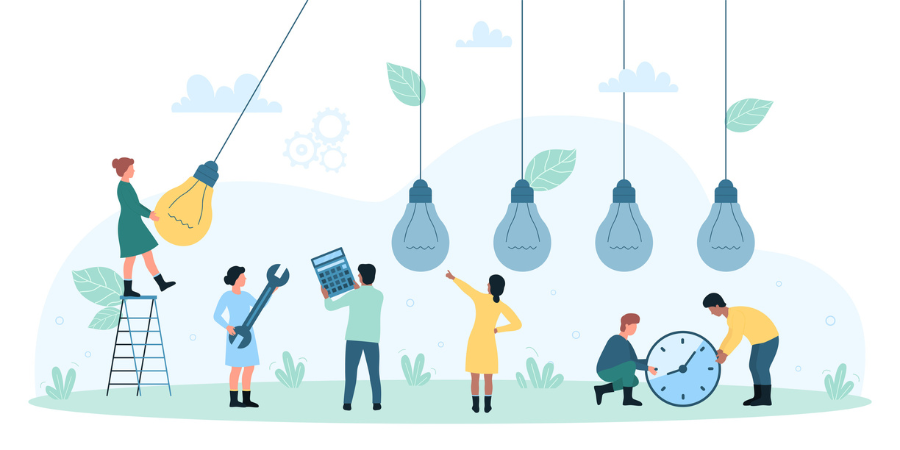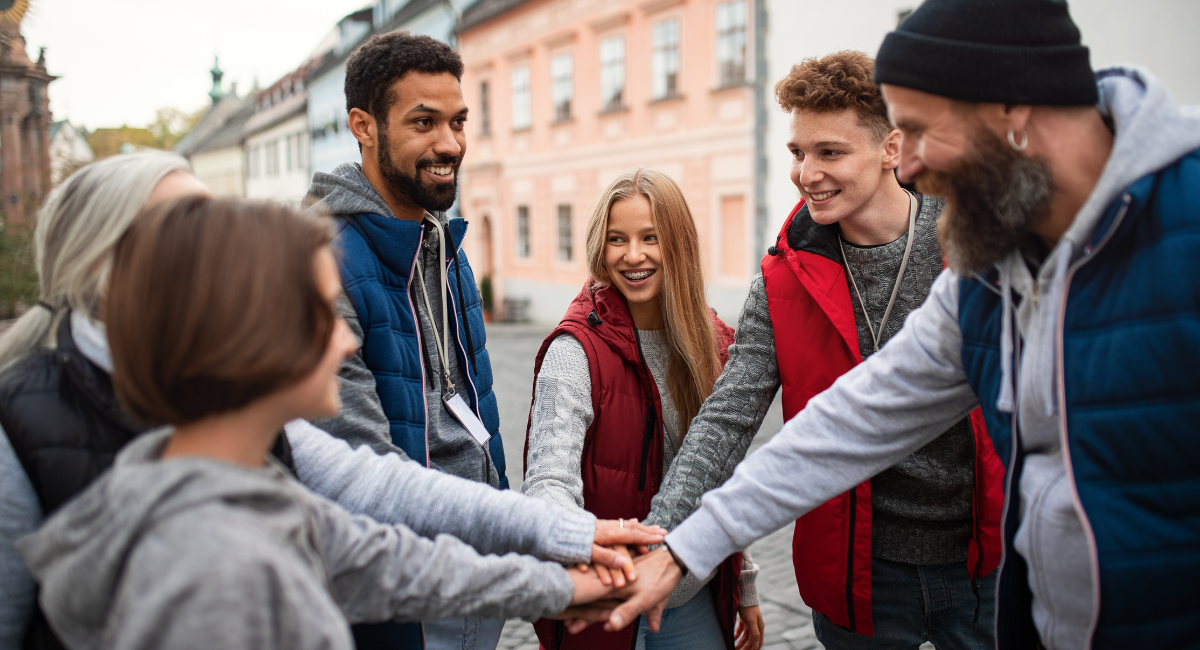Last December, the J.W. McConnell Family Foundation engaged the MaRS Solutions Lab to undertake a multistep learning and evaluation process to guide our thinking about possible future directions for its Cities for People initiative. In this piece, we are excited to share a few highlights from the Design Jam, one of the components of this process, and how its outcomes will help shape our work moving forward.

Cities for People is an experiment initiated by the J. W. McConnell Family Foundation that began with the question: How can we enhance social, ecological, and economic wellbeing and help civic cultures thrive? The McConnell Foundation and a group of partners designed Cities for People as a collaborative platform to test and surface promising approaches to shape philanthropic strategy around building better cities. The 18month experimental phase, which will end this June, brought together partners from diverse domains to challenge ideas, develop new pathways, and carry out demonstration projects.
What Does a Design Jam Process Look Like?
Given that the Foundation is in the process of wrapping up this experimental phase, we felt it was an opportune moment to rethink its parameters and strategies for future work. MaRS Solutions Lab, which convenes stakeholders and citizens to experiment, learn and scale new solutions, worked over several months with the Foundation to explore what the next phase of the initiative might look like. One of the elements of this exploration was a Design Jam: this was not meant to be a collective impact process, but a generation of ideas and leverage points to serve as one source of input to the Foundation's planning process. It also allowed us to integrate techniques from various fields to glean insights from a creative and informed group of urban thinkers and doers.
To facilitate both reflecting on past experiences and looking ahead, the Solutions Lab team led the group through several exercises, including brainstorming, issues mapping, newspaper stories, collective visioning, and design principles. The series of exercises allowed the group to transition from bigpicture thinking about cities to focussing on audiences and the nittygritty of possible structures.
What Happens Next?
One of the themes of the Design Jam that will help inform future work was identifying new audiences: Cities for People consists of a geographically dispersed network of individuals and organizations, yet there are groups we are missing. Through an exercise in which participants adopted different personas, we identified three users to whom our work might target:
- Intrapreneurs are changemakers within city government that want to implement new ideas and work strategies, but feel stuck within weighty structures.
- Urban connectors are seeking ways to amplify their capacities and impacts to work towards better cities.
- Non-users are populations whose voices tend to be excluded from citybuilding processes - communities who are marginalized due to a number of often overlapping factors.
Keeping these users in mind will be important as we work to direct our efforts towards promising projects and approaches.
Although the Design Jam generated far more leverage points than the Foundation could possibly follow up on, it generated a range of options and challenged some of our assumptions about priorities.




